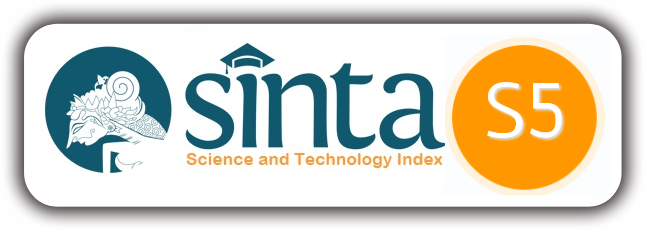PERAN DINAS PERHUBUNGAN KOTA BANDA ACEH DALAM MENANGANI KONFLIK ANTARA TRANSPORTASI ONLINE DAN TRANSPORTASI KONVENSIONAL
DOI:
https://doi.org/10.22373/jai.v6i2.838Keywords:
the role of government, transportation online, conventional transportationAbstract
Public service is a responsibility that governments must render to their people, as efforts of the state to meet the needs of its citizens and the rights of their citizens. One form of public service required by governments in services is the provision of public transportation. But with the rapid advance in information technology in the globalization, transport services have emerged from many types, one of which is online-based transportation. However, the high interest the city of Banda Aceh on online transportation has led to a conflict between online transportation and conventional transport, using this type of qualitative research using descriptive methods. The results of this study suggest that the role of the ministry of decommissioning today in addressing the conflict between transportation online and conventional transport has not yet been established by the city Dinas Perhubungan Banda Aceh in regulating the smooth operation of both transports and the lack of the same facilities provided for them. As for the mediation strategy, the negotiations between the two transport groups have also not been carried out by the city's Banda Aceh Dinas Perhubungan which is aimed at resolving the conflict between the two.
Published
How to Cite
Issue
Section
License
Authors who publish with this journal agree to the following terms:
- Authors retain copyright and grant the journal right of first publication with the work simultaneously licensed under a Creative Commons Attribution License (CC-BY-SA) that allows others to share the work with an acknowledgment of the work's authorship and initial publication in this journal (See The Effect of Open Access);
- Authors are permitted and encouraged to post their work online (e.g., in institutional repositories or on their website) prior to and during the submission process, as it can lead to productive exchanges, as well as earlier and greater citation of published work;
- Authors are able to enter into separate, additional contractual arrangements for the non-exclusive distribution of the journal's published version of the work (e.g., post it to an institutional repository or publish it in a book), with an acknowledgment of its initial publication in this journal.
















